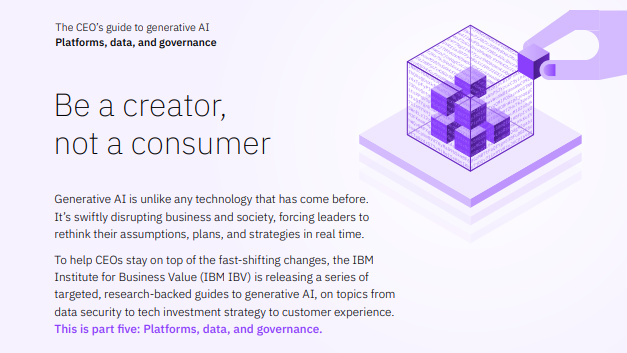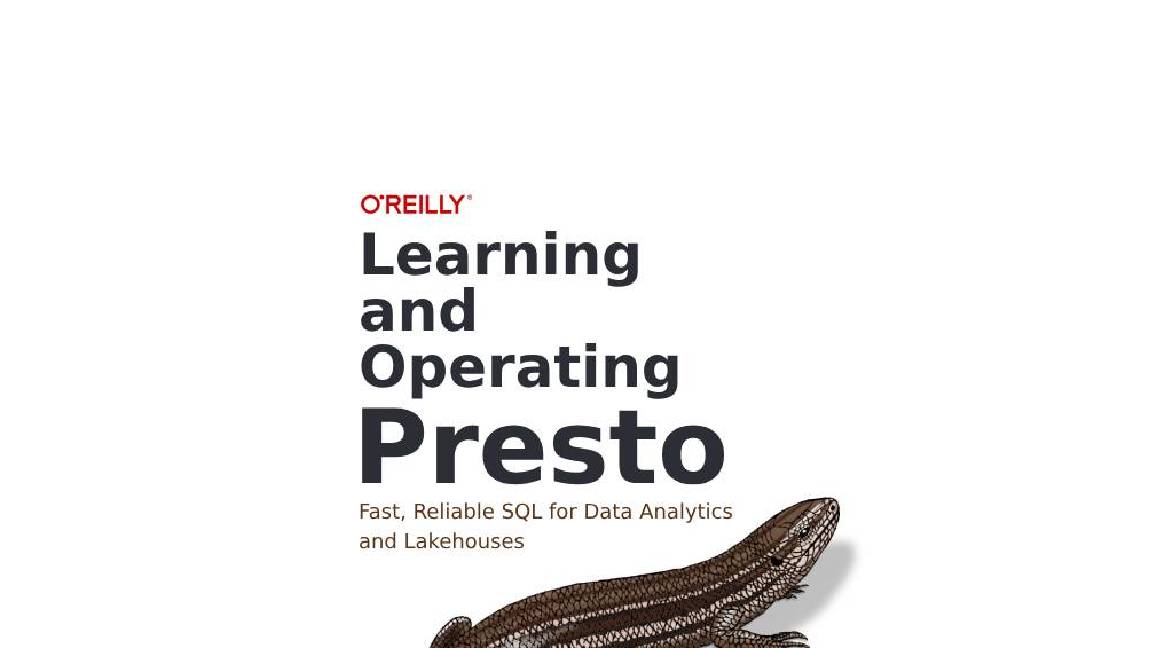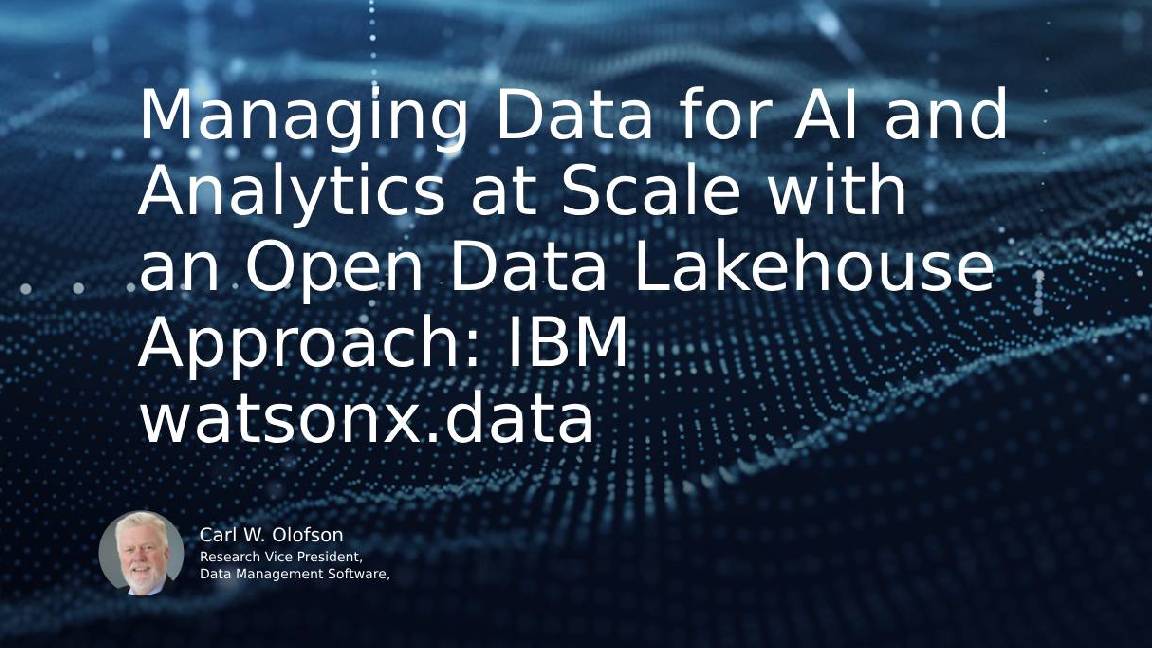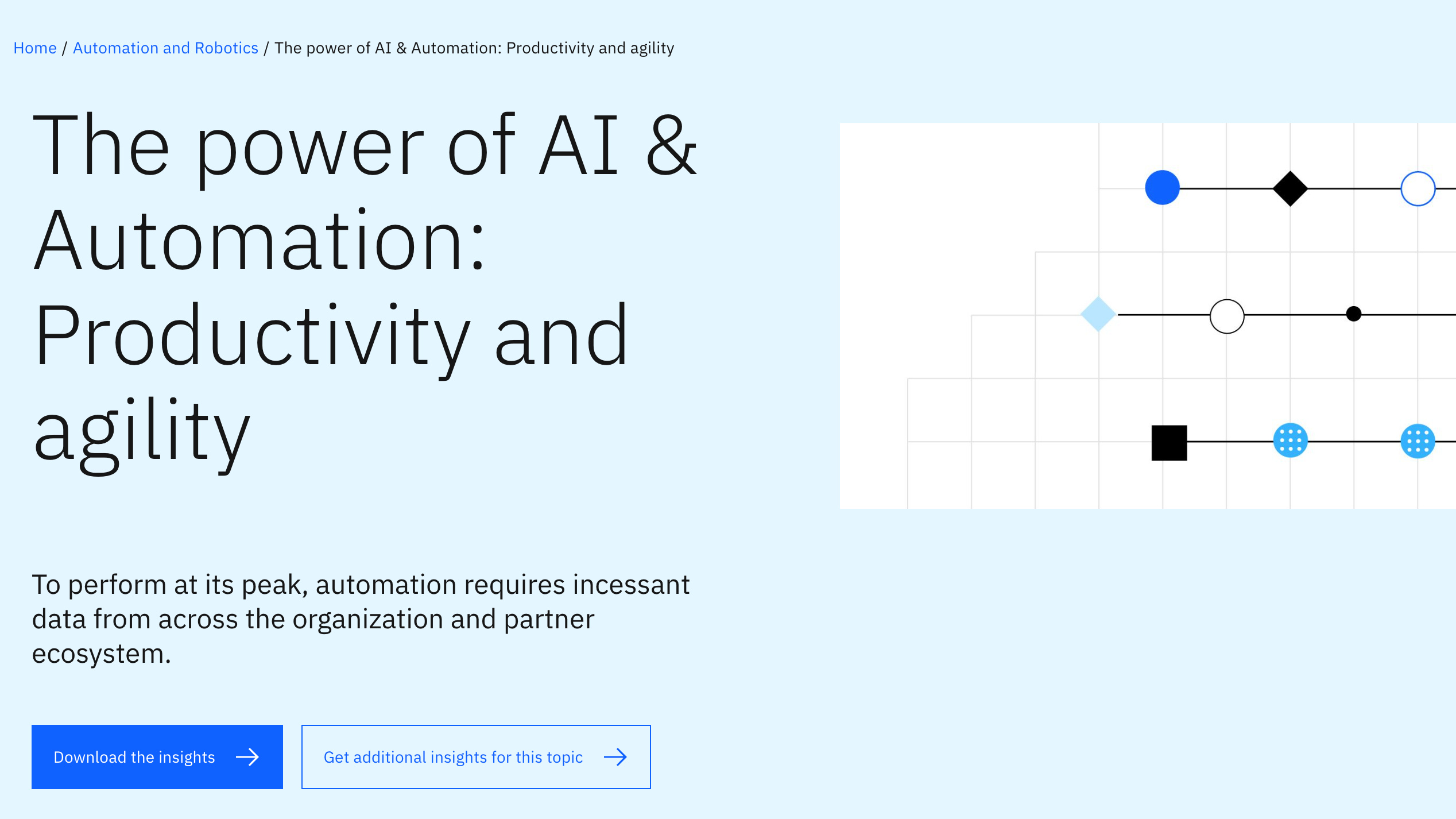The role of data management platforms in building a robust digital strategy
The technology enabling business to get the most out of their customer data

Knowledge is power, or so they say. It’s an axiom that the business world has taken to heart. For the past several years, organisations have been making efforts to gather as much data as possible, using new digital tools and services to fuel data ingestion on an unprecedented scale.
This includes operational data like sales figures as well as technical metrics around application performance and uptime, but the area that businesses have arguably been putting most of their data collection energies into is customer profiles. In some ways, this represents a natural extension of their pre-digital behaviour, evolving from the analogue record-keeping efforts which drove mailing lists and the like. Today’s companies are putting ever-larger investment into building digital data warehouses filled with every scrap of information about their customers that they can conceivably muster.
Making the most of the data
However, while they’ve been focused on growing those data warehouses, organisations haven’t necessarily been putting the data itself to use in ways that benefit their customers. As Adobe’s head of audience and data technologies Steve Allison points out, changing regulations are inspiring many businesses to re-evaluate their strategies. Recent regulatory frameworks like GDPR and CCPA have prompted, and been prompted by, a growing awareness among customers of just how valuable their data is.
“The whole thing around consent has been really important,” Allison says. “It focuses [companies] on what they actually need in order to make personalisation work on their site. And it's interesting because often that leads to the question of what personalisation is. The ‘Hi Steve, welcome back’ stuff is fine, but it's not a great, sophisticated use of personalisation, and I think now we're discovering new ways of using data to make it meaningful for the actual person giving you the data.”
One of the most significant shifts Adobe is seeing in this regard is a move away from large-scale, upfront data collection at the commencement of a customer relationship, with more emphasis on “drip-collection of data”. In this model, users expect organisations to demonstrate the value exchange of handing over any information before they do so, and will only share additional details if they feel they’re getting an appropriate benefit.
To do this effectively, Allison says, organisations must focus on making common customer journeys easier. This could be something as simple as pre-populating the fields in an order form with information that a user has previously provided, but he also notes that businesses need to ensure that they’re looking at how data and personalisation can be applied to interactions beyond an initial sale, over the course of an entire customer lifecycle.
The tools for a robust strategy
Utilising customer data can bring many benefits beyond just marketing and sales. Recognising that data-driven personalisation can be leveraged throughout an organisation is a key aspect of building an effective data strategy. However, building that strategy around a robust technical foundation such as Adobe’s Real-time Customer Data Platform (CDP) is also crucial for ensuring that these benefits can be effectively realised.
Adobe’s Real-time CDP is a customer data aggregation and management platform which allows enterprises to collate all the first-party data they have pertaining to customers – including identity information, on-site actions and behaviour, comms preferences and more – into a single, governable profile. The aim is to provide a complete picture of customers that dynamically adapts to changing data and events, and allows organisations to make business decisions in real time.
“It's about making sure that marketing, servicing, post-sales, etc all have visibility to the data at the right time, at the right stage of the journey that user’s in. It actually makes the enterprise more aware of that customer, and that's the beauty of having a customer profile that is manageable and open to all elements of the business,” Allison explains, “rather than the more siloed approach that we often had before.”
In-stream segmentation is one use-case for this CDP technology. Rather than having to ingest and process data on user behaviour before you could re-segment users for the purposes of more effective content targeting, this re-categorisation can now be done on the fly, based on real-time actions that those users are taking, which minimises page loads and ensures more accurate targeting.
“Having that data accessible also means that you will start to do more intelligent processing of it,” Allison continues. “So you can automatically be calculating things like propensity scores, or churn scores, or machine learning-based fraud detection, out there on the edge, doing that analysis in real time as the data is happening.”
In addition to the marketing and sales teams, implementing a CDP also brings marked benefits for CIOs and IT departments, particularly where data management and portability is concerned. The standardisation of data model and schema definition can be helpful not just in terms of importing and sharing data, Allison says, but also for helping IT departments to properly understand the data itself. A CDP can also help free up time and resource, allowing IT departments to focus on their other duties and bigger-picture strategy.
Because CDPs pull data from various pre-existing locations like data warehouses, data lakes, CRM systems and point-of-sale units as well as incoming data streams, they can be used to create a central cache of all of that information without having to substantially re-engineer backend systems. CDPs also allow CIOs to reconcile a potentially large number of front-end tags for various data collection tools, and replace them with a single set of universal tags, cutting down on workload and minimising potential conflicts.
Deeper consideration
Of course, this kind of data management strategy isn’t without challenges. According to Allison, the primary thing that organisations will need to be mindful of is how they approach data governance. While modern data platforms like a CDP allow businesses to easily layer and map consent information onto their data using a scalable model, thought must still be given to what kinds of data are collected, how long it’s stored for and what purposes it’s put towards – all with the goal of providing genuine value to customers in exchange.
“A lot of the people I talk to at the moment are going through that process of rethinking exactly what kind of interactions they want to have with customers,” says Allison. “And a lot of that navel gazing is changing the ways that they want to interact and therefore the data that they need in order to actually make that interaction take place.”
Organisations are taking an increasingly strategic view of their data assets and how they can best be used to benefit the business, but a strong data strategy is only as good as the technology used to actualise it. A unified data management toolset like Adobe’s Real-time CDP can accelerate innovation throughout the enterprise, giving multiple departments the ability to contribute to and manipulate customer profiles in a non-destructive manner, creating a single source of truth from known and unknown customer data that delivers actionable insights in real time.
“The one piece of advice is start simple: start small,” says Allison. “Start with stuff that you know is going to make a difference, because the beautiful thing about a CDP is that you can add on use cases all the time… you can expand it as much as you want.”
Sign up for sessions at Adobe Summit (15-16 March) here and read more about Adobe’s Real-time Customer Data Platform here
Sign up today and you will receive a free copy of our Future Focus 2025 report - the leading guidance on AI, cybersecurity and other IT challenges as per 700+ senior executives
ITPro is a global business technology website providing the latest news, analysis, and business insight for IT decision-makers. Whether it's cyber security, cloud computing, IT infrastructure, or business strategy, we aim to equip leaders with the data they need to make informed IT investments.
For regular updates delivered to your inbox and social feeds, be sure to sign up to our daily newsletter and follow on us LinkedIn and Twitter.
-
 Trump's AI executive order could leave US in a 'regulatory vacuum'
Trump's AI executive order could leave US in a 'regulatory vacuum'News Citing a "patchwork of 50 different regulatory regimes" and "ideological bias", President Trump wants rules to be set at a federal level
-
 TPUs: Google's home advantage
TPUs: Google's home advantageITPro Podcast How does TPU v7 stack up against Nvidia's latest chips – and can Google scale AI using only its own supply?
-
 Empowering enterprises with AI: Entering the era of choice
Empowering enterprises with AI: Entering the era of choicewhitepaper How High Performance Computing (HPC) is making great ideas greater, bringing out their boundless potential, and driving innovation forward
-
 The CEO's guide to generative AI: Be a creator, not a consumer
The CEO's guide to generative AI: Be a creator, not a consumerWhitepaper Innovate your business model with modern IT architecture, and the principles of trustworthy AI
-
 Learning and operating Presto
Learning and operating Prestowhitepaper Meet your team’s warehouse and lakehouse infrastructure needs
-
 Scale AI workloads: An open data lakehouse approach
Scale AI workloads: An open data lakehouse approachwhitepaper Combine the advantages of data warehouses and data lakes within a new managed cloud service
-
 Managing data for AI and analytics at scale with an Open Data Lakehouse approach
Managing data for AI and analytics at scale with an Open Data Lakehouse approachwhitepaper Discover a fit-for-purpose data store to scale AI workloads
-
 The power of AI & automation: Productivity and agility
The power of AI & automation: Productivity and agilitywhitepaper To perform at its peak, automation requires incessant data from across the organization and partner ecosystem
-
 A guide to help you choose the UPS battery backup for your needs
A guide to help you choose the UPS battery backup for your needsWhitepaper Download this guide and stay connected with a UPS that's free of interruption or disturbance
-
 Managing data for AI and analytics at scale with an open data lakehouse approach: IBM watsonx.data
Managing data for AI and analytics at scale with an open data lakehouse approach: IBM watsonx.datawhitepaper Eliminate information silos that are difficult to integrate

